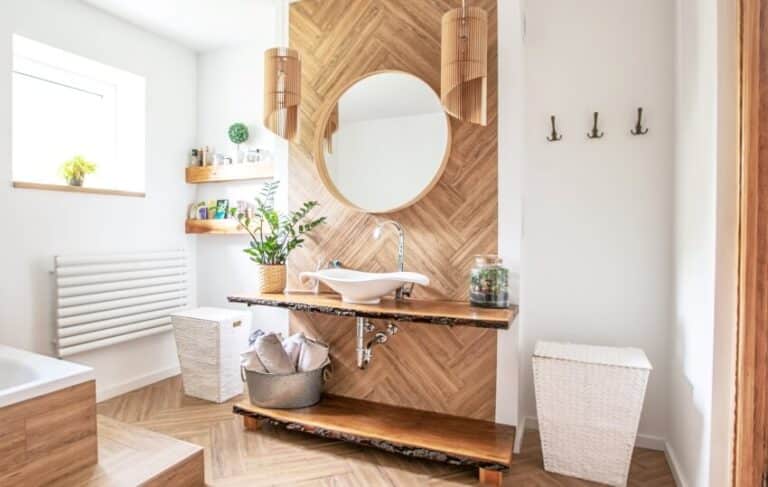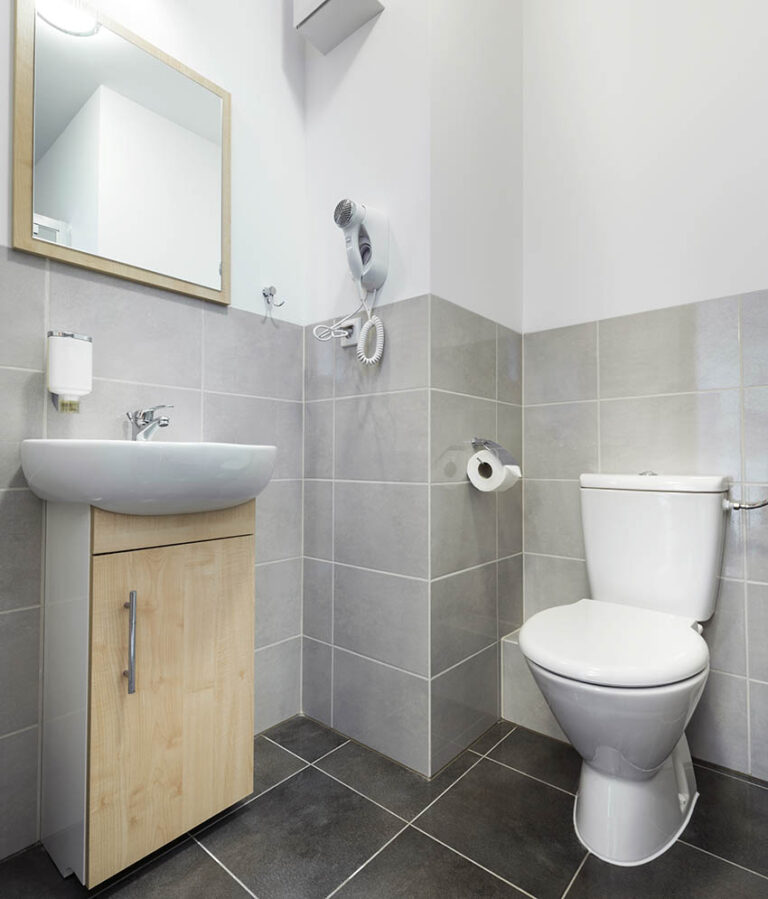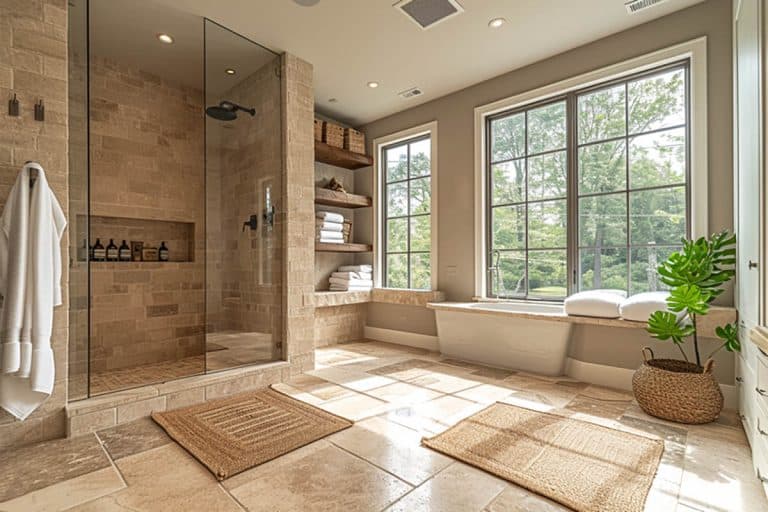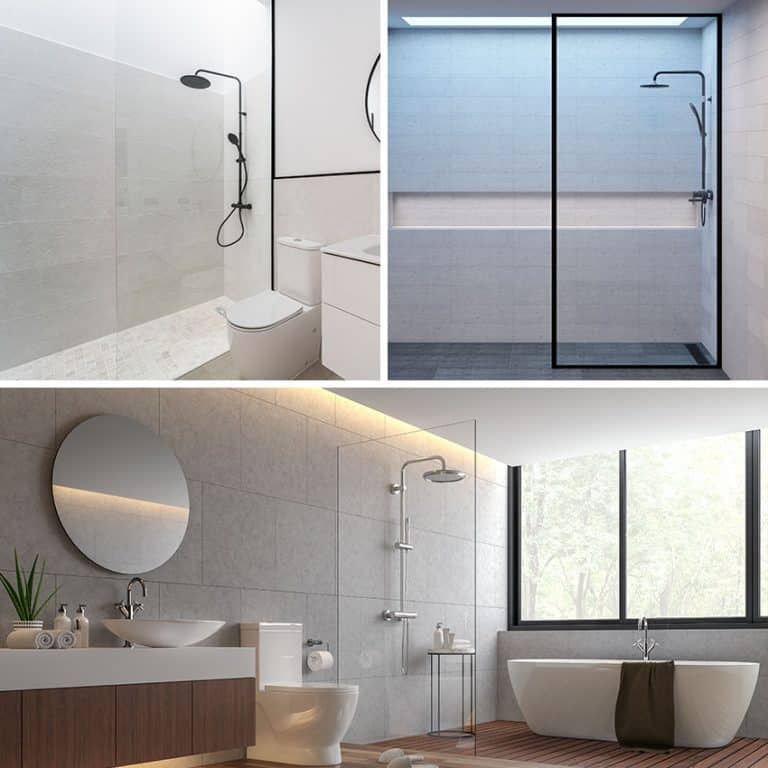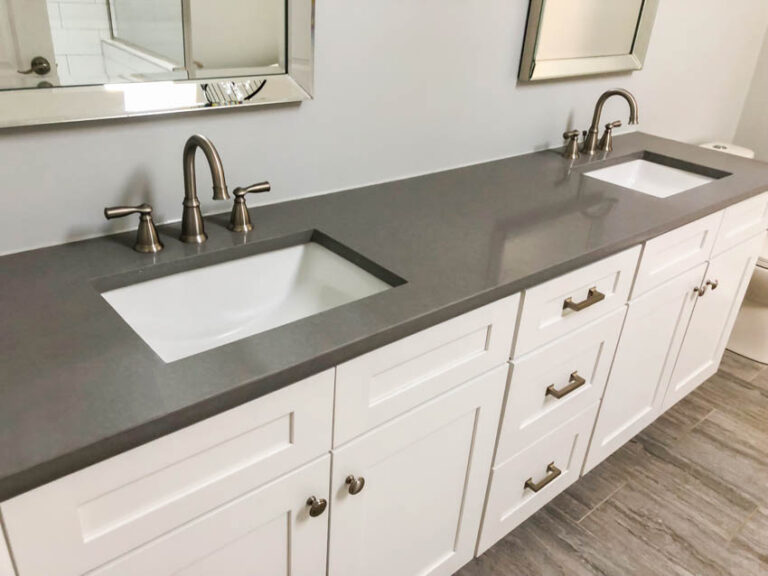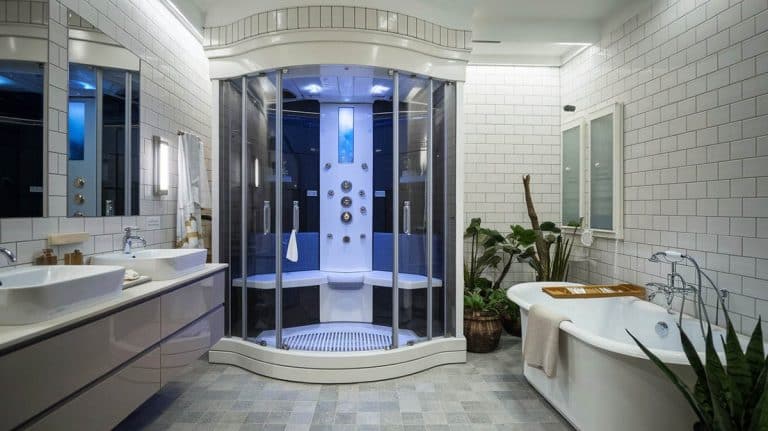Finding the Perfect Pendant Light Style For Your Bathroom
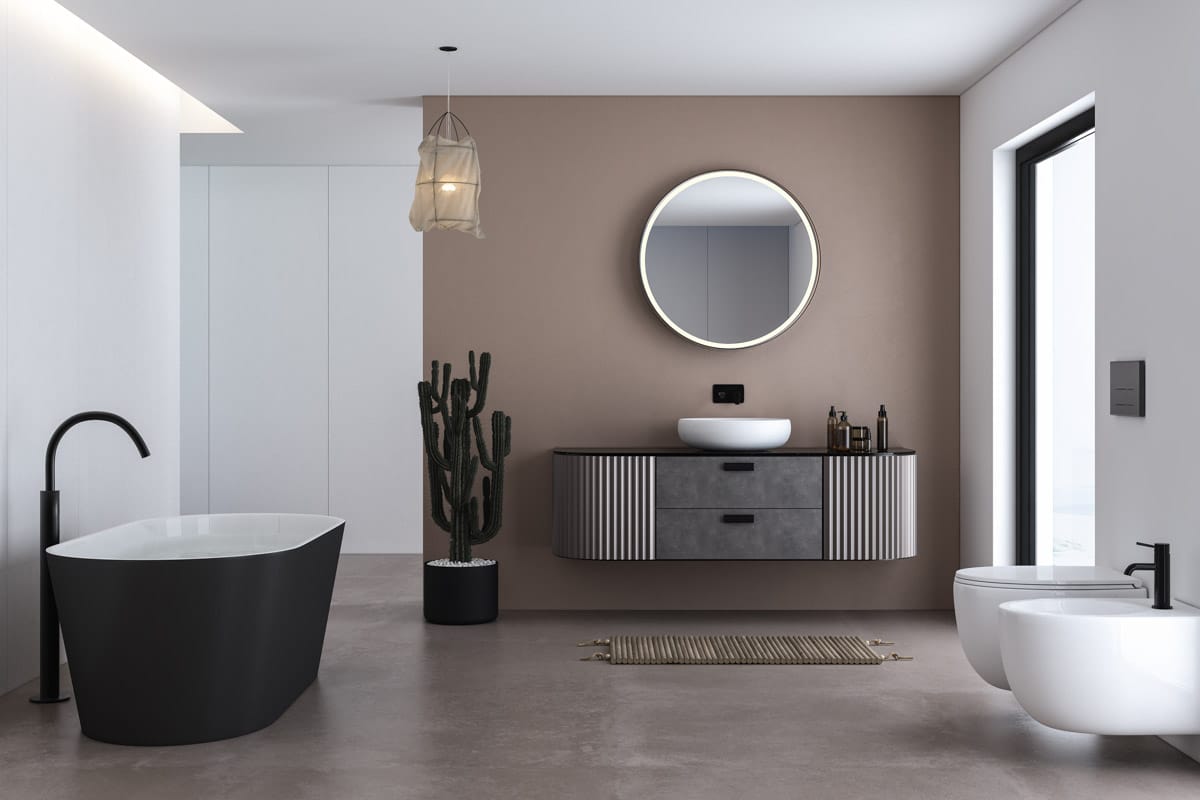
Have you ever tried walking into a bathroom and suddenly encountered a huge change in the ambiance? Well, if yes, that might be because of the bathroom pendant lighting’s gentle, pleasant glow. As we all know, there is something quite inviting, attractive, and charming about those pendant lights situated in a bathroom. As per interior designers, such fixtures aren’t just illumination sources; they are design features that have the utmost capability of revamping the look and atmosphere of a simple bathroom.
One thing’s for sure – there is a bathroom light solution that will satisfy your needs, and tastes, and above all, beautify your design. Allow us to show you how these versatile pendants can increase the aesthetics and functionality of your wellness space – your bathroom.
How To Choose The Right Pendant Style
We’re sure you know that bathroom pendants are beyond mere functional lighting. In addition, they are made to provide your bathroom with its much-needed personality, elegance, and mood-boosting capability. Renowned interior designer Albert Hadley emphasized that design is about people and creating attractive, civilized environments suited to their lifestyle – not about trends. Similarly, Elle Decor Explains that when choosing a pendant light, consider your lifestyle, tastes, and desired ambiance rather than what’s fashionable.
Select a style that reflects your unique perspective to create a personalized, meaningful space.
• Evaluate First the Current Overall Style of Your Bathroom: Before you execute any of your lighting plans, you have to initially consider the current style of your bathroom. Take note of these questions: is your bathroom traditional, vintage, minimalist, or a fusion of two styles? The fixture you select must complement, not disrupt, your current style.
Make sure the fixture product you buy matches the other finishes in the space. Brass, stainless steel, chrome, copper, brushed, antique, polished nickel, and matte black should usually be paired with other hardware finishes and decor accessories in the space for a well-rounded design.
• Identify the Main Objective of Your Pendant Lights: Some use these fixtures mainly for aesthetic purposes, but here’s a more crucial question: are you planning to use your pendants to provide merely accent, ambient, or task lighting?
Caitlyn Sole from BHG believes that proper lighting is critical when designing a bathroom. She recommends focusing attention on the mirror area, with wall-mounted fixtures at eye level on both sides of the mirror and a third one mounted above to fully illuminate the face for makeup and grooming. For ambient lighting, she suggests ceiling-mounted fixtures.
• Always Remember that Size Does Matter: The ones you choose for your bathroom will greatly depend on the size of your bathroom. So, it is critical to get the available space in your bathroom first before buying anything. Always take into account the diameter; you shouldn’t overpower the bathroom.
• Be Mindful of the Height of Your Bathroom: In connection to the step before this, you have to remember that height is essential as well. For instance, if you have very low ceiling design types, installing pendant lights might not be ideal. Thus, you have to ascertain sufficient clearance first so that the occupants can conveniently use the bathroom.
• Assess the Material and Finish Used: Achieving incredible visual impact is key when selecting pendant lights, so you want to be sure that the material and finish will exceptionally add to the aesthetic impact of the bathroom. To give you ideas, brushed nickel or chrome provide a modern appearance, whereas glass and wood deliver a vintage or rustic allure.
Luminance is the luminous intensity per unit of projected area of source, or the amount of light that is emitted or scattered from a particular surface. – Quality Management in the Imaging Sciences, Jeffrey Papp
• Do Not Overlook the Light Bulb Output and Brightness: This step is very important as well; do not ever overlook the light output as well as the type of lightbulb needed.
Beata Heuman of Architectural Digest stresses the significance of light quality and the need for appropriate lighting based on the room’s purpose, such as softer, gentler illumination for living spaces and downward focus for tubs or vanity countertops
If you normally do tasks in your bathroom that require focused lighting like shaving, you may need those with brighter outputs. But if your goal is to create a relaxing ambiance, go for softer outputs with dimmer switches.
• Ensure Your Pendant Lights Are Wet-Rated: Obviously, bathrooms are in persistent contact with moisture, hence you have to be certain they are wet-rated; meaning, they should be able to withstand moisture.
• Get Expert Assistance: Many homeowners tend to get confused about what type of lighting fits their bathroom and their benefits for your floor plan. If this is your case as well, the best idea might be to receive assistance from an interior designer or lighting decorator to be well-equipped with the technical aspects of the installation.
Choosing The Best Pendant Size
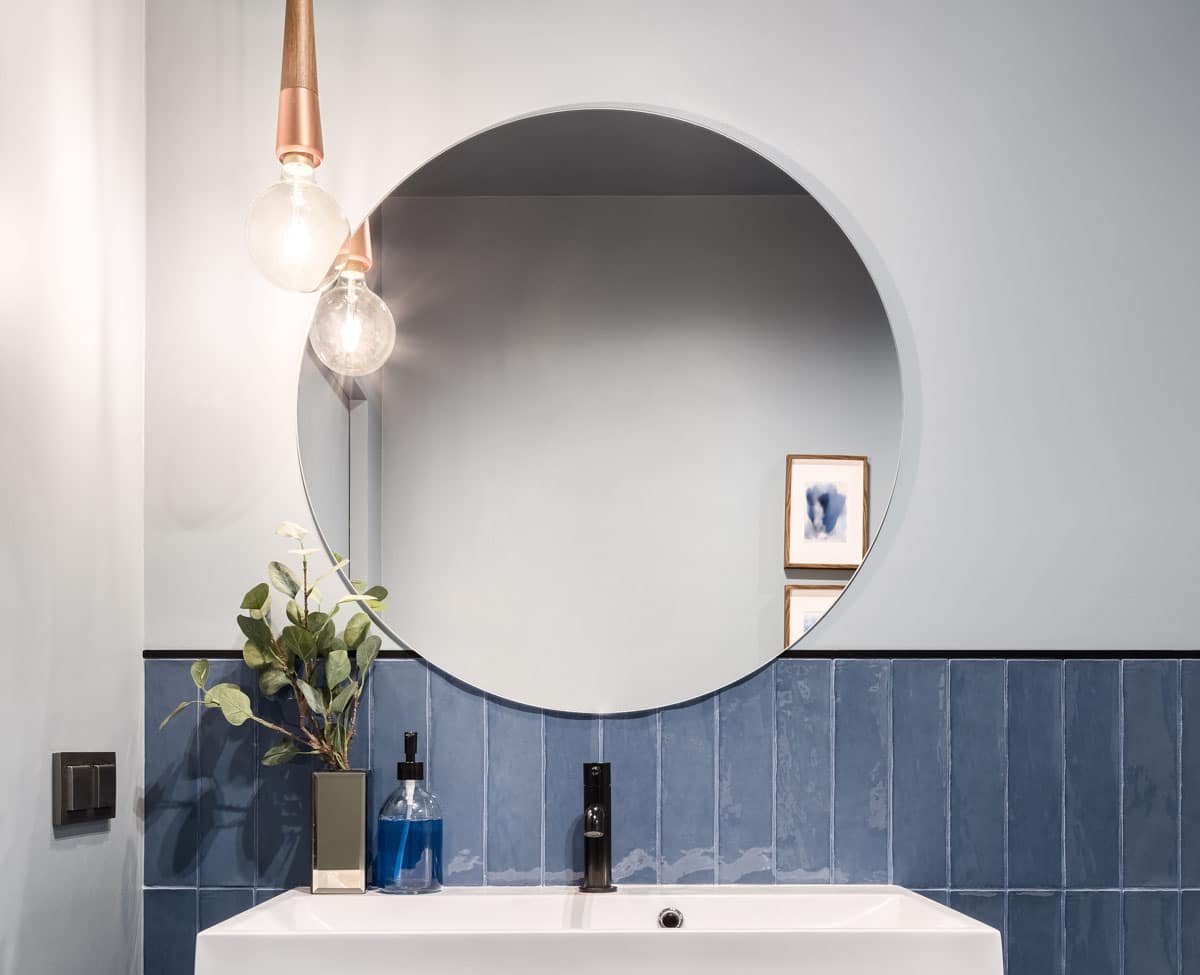
• Assess all of the dimensions of your bathroom and identify if it is a small-scale bathroom, a simple powder room, a mid-sized bathroom, or a massive master bathroom. The entire bathroom size will impact your pendant light fixture selection.
• If you are planning to install fixtures over your bathroom vanity, then here is our recommendation: select pendant fixture width that is 12-13 inches narrower than your bathroom vanity’s width. This will ascertain evenly distributed light.
• If your bathroom is on the larger side, it might be practical to use multiple pendants. But if this is your plan, keep in mind that proper spacing is crucial. The combined diameter or width of all the fixtures must not surpass the vanity width or the designated space.
• You can establish a centerpiece using your bathroom pendants. For instance, in massive bathrooms, you can install a solitary yet striking fixture that can function as a centerpiece.
• Always pay close attention to the height of the fixture and make sure that there is sufficient clearance for bathroom occupants. The rule of thumb in this matter is to hang the pendant lights 70-72 inches above the bathroom floor or 30-32 inches above the bathroom vanity. You can use a pendant calculator to help you find the best length size to use with your ceiling’s height.
How To Create A Cohesive Look With Pendants
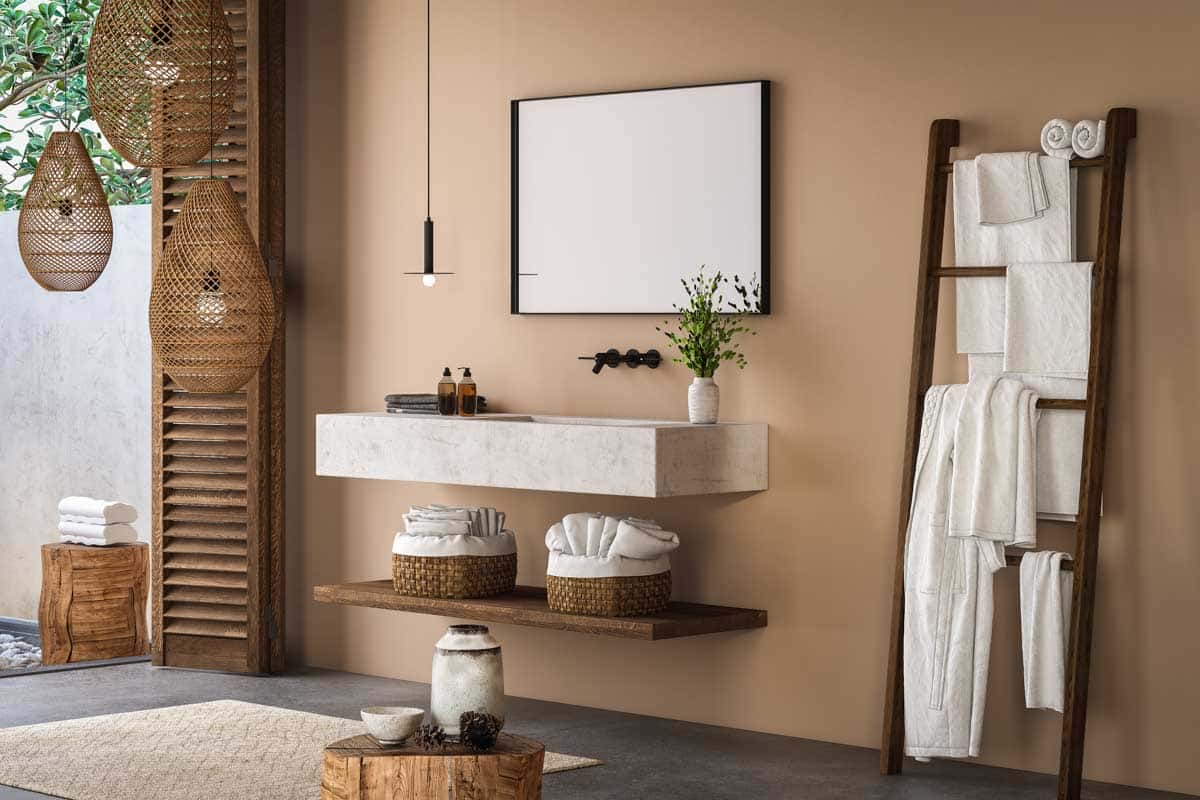
Define the General Style of Your Bathroom: Ponder these questions: do you want your bathroom to have a sleek, modern atmosphere? Are you planning to convert it into a classic, calming retreat, or a retro-vibe powder doom?
By defining the general style of your bathroom, you can choose pendant light fixtures that can cohesively align with your style in mind.
Remember Another Holy Grail – Consistency is Always the Key: Consistency is paramount to achieving a cohesive effect with your fixtures. How can you do this? Well, you can start by selecting fixtures that have similar characteristics in terms of shapes, finishes, and materials used.
Layer the Pendant Lights Creatively with Other Fixtures: Ambient or task lighting can be achieved effectively using pendants, but that is if you are going to creatively layer them. You can efficiently layer your fixtures by pairing them with other fixtures such as recessed lights to deliver high-quality illumination.
The Size of the Pendants Should be Proportionate to the Size of Your Bathroom: This is another pivotal step in establishing a cohesive look. For instance, if you have a small bathroom, the fixtures you will choose must also be compact so you won’t overwhelm the bathroom space.
Large bathroom sizes, on the flip side, should have bigger-sized fixtures. This will help maintain cohesiveness.
Match Your Bathroom Hardware and Accessories with Your Pendant Light Fixtures: Keeping your fixtures well-coordinated with your current bathroom hardware (towel bars, vanity pulls, faucets, and the like) can help promote cohesiveness and balance. You can also add supplementary bathroom accessories like mirrors and other decorative elements that can complement the finishes and style.
Common Mistakes To Avoid With Bathroom Pendants
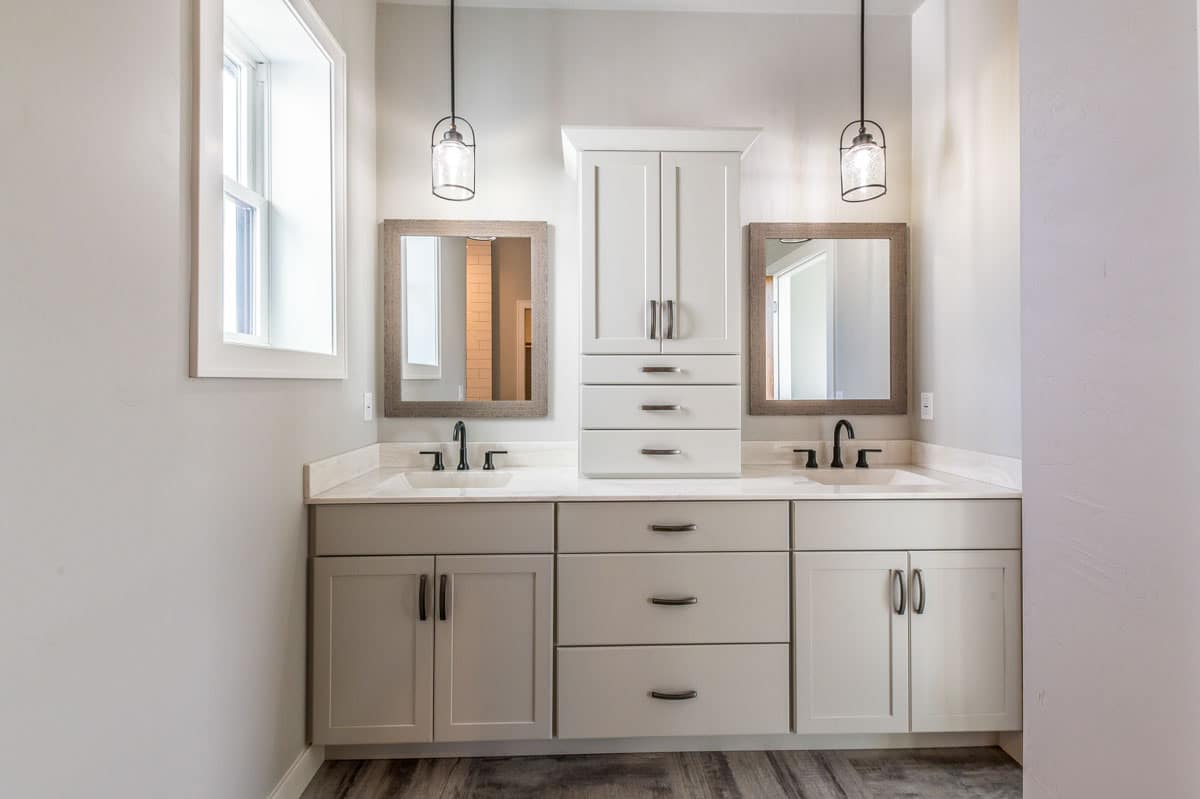
• Overlooking Height Requirements: This is one of the most neglected things when installing pendants in the bathroom. Remember, there should always be sufficient clearance to avoid accidents.
A general rule of thumb is to hang the bottom of the fixture so it is at least 12″ to about 20″ away from the vanity countertop. If you’re not hanging the fixture over a vanity then ensure it is about 6 1/2′ to 7′ from the floor to provide adequate headroom for family and guests.
Check with your local building codes in relation to hanging fixtures around the tub. Switches should not be placed in close proximity to those standing in the tub. When hanging near a tub it’s always a good idea to check with a licensed electrician in your area or a contractor with experience in lighting to ensure that safety precautions are met.
• Forgetting to Purchase Wet-Rated Fixtures: Bathrooms are considered wet locations, so it is always important to keep in mind that the pendant lights you will purchase are designed to withstand humidity and moisture to prevent any harmful electrical problems.
• Doing the Installation Without any Experience and Expertise: The installation of pendant lights is always open for DIYers. But if you have no skill or experience in this field, it is always best to leave the task to the pros.
• Ignoring Lighting Upkeep: Never leave your fixtures dirty, or it will affect its performance, look, and longevity. Regularly find time to clean and maintain your fixtures.
Ceiling Installation Tips For Pendant Fixtures
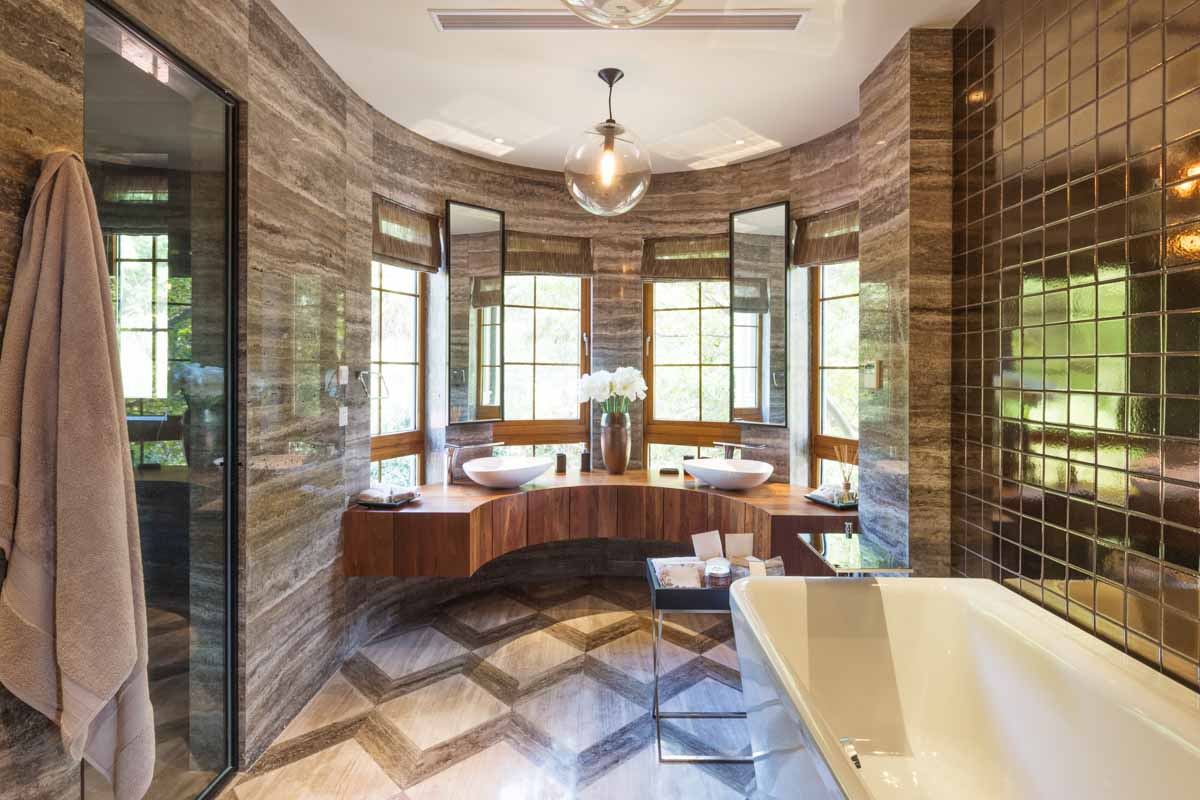
Installing bathroom pendant lights is not a simple undertaking; it usually necessitates thoughtful consideration and pure attention to detail. If you are planning to install on your own, the installation tips below might assist you:
Apply the Holy Grail – Safety First: Always prioritize your safety when it comes to installing pendant lights in your bathroom. The first thing you must do: is make sure to switch off the main power at the breaker to the zone where you will install them. There should be an absence of electricity within your working space.
Assemble All of the Necessary Tools: The necessary tools should all be prepared before the actual installation. Such tools normally include a wire stripper, wire nuts, screwdriver, pliers, electrical tape, voltage tester, and ladders to climb high ceilings.
Check the Pendant Light’s Instruction Manual: This might seem a no-brainer; however, keep in mind that abiding by the instructions about the installation is crucial.
Get Precise Measurements and Make Sure to Mark Them: This step is quite essential as accurate measurements will dictate the actual placement of the pendant lights in your bathroom.
Get the height measurements of the location where you will suspend the lights, and ensure to mark those spots at the ceiling using a pencil to identify the exact fixture placement. That placement should ensure bright, even illumination.
Safely and Accurately Connect the Wires: As you handle the pendant lights, you will notice that there are wires in them. Safely connect them to the corresponding wires located in your main power box.
Generally speaking, the black wires shall be connected to black wires, or white wires to white wires. The green may be connected to the ground wire. To secure these connections, make use of your wire nuts and cover them with electrical tape.
Ensure that the Canopy is Properly Secured: The wires should be concealed properly into the power box. Afterward, you can attach the canopy of the pendant light. By doing this, you can hide the wires and leave a clean appearance.
Carefully Hang the Bathroom Pendants: Most pendants come with their own brackets or hardware so they can be hung safely.
Check if the Light is Working: Before you totally secure them, you have to switch on the main power once again and observe if the light is working. Verify if the wires are connected properly and observe if the height needs further adjustments.
Completely Secure all of the Wiring and Other Connections: Once you are satisfied with the installation and placement, this is the time so start securing all of the wiring connections, including the exposed screws and other hardware.
How Low Should Pendants Hang Over The Bathroom Vanity?
Here is the general guideline for this matter: if you wish to maximize illumination and accomplish a striking focal point, the bottom part of the pendant lights must be around 60-70 inches above the bathroom floor.
Such measurements will make sure that the pendant fixtures will supply the ideal lighting level for certain bathroom activities and will not obstruct your view in the vanity mirror. See more related content in our article about the different canless recessed lighting pros and cons on this page.

